Progressive Web Apps: Revolutionizing the Mobile Experience
In today’s digital age, Progressive Web Apps (PWAs) are changing the way businesses engage with users on mobile devices. No longer limited by the constraints of traditional apps, companies now have the opportunity to deliver lightning-fast, immersive, and reliable experiences — without the hurdles of app store downloads. This transformation is not just a trend; it is a fundamental shift in how brands connect with their audiences in 2025 and beyond.
Why Progressive Web Apps (PWA) Are Gaining Ground
Progressive Web Apps have captured the spotlight because they combine the best features of websites and native mobile apps. Businesses are realizing that users demand speed, offline access, and seamless interactions. Traditional apps often fall short due to their dependence on app stores and heavy file sizes.
With Progressive Web Apps, users can access core functionality instantly, without waiting for downloads or updates. They offer a consistent and secure experience, even on unreliable networks. For businesses looking to stay competitive, investing in Progressive Web Apps is no longer optional — it’s essential.
The Core Features That Make Progressive Web Apps Stand Out
To understand the power of PWAs, it’s important to explore the features that set them apart:
- Speed and Performance: PWAs load quickly, reducing user frustration.
- Offline Access: Thanks to service workers, users can access content without an internet connection.
- App-Like Experience: PWAs behave like native apps, offering smooth navigation and interactions.
- Push Notifications: Businesses can re-engage users by sending timely, relevant messages.
- Installability: Users can add PWAs to their home screens, making access faster and easier.
By integrating these features, Progressive Web Apps bridge the gap between mobile websites and traditional applications, creating a new standard for mobile experiences.
How PWAs Boost User Engagement
The real magic of PWAs lies in their ability to drive engagement. Studies show that faster load times and offline access significantly lower bounce rates. Users are more likely to stay, explore, and convert when the experience is smooth and uninterrupted.
Businesses leveraging PWAs often see higher retention rates and increased revenue. For instance, Starbucks reported doubling the number of daily active users after launching their PWA. It’s a clear sign that when businesses prioritize user experience, the results follow naturally.
Building PWAs: A Developer’s Perspective
From a development standpoint, PWAs are a game-changer. Developers can create one application that works across multiple platforms, drastically reducing development costs and timelines. Using modern frameworks like React.js, Angular, or Vue.js, developers build PWAs with powerful capabilities once reserved for native apps.
Furthermore, PWAs emphasize security by default, requiring HTTPS protocols to ensure user data protection. Businesses no longer need to maintain separate codebases for web and mobile — a single PWA can serve all audiences effectively.
Why PWAs Are Critical for SEO Success
Another overlooked advantage of PWAs is their positive impact on SEO. Unlike native apps, PWAs are discoverable by search engines. Their fast load speeds, mobile responsiveness, and secure connections contribute significantly to better rankings.
Google favors websites that prioritize user experience, and Progressive Web Apps check every box. If boosting visibility and driving organic traffic is part of your digital strategy, adopting Progressive Web Apps is a smart move.
Progressive Web Apps vs. Native Apps: Which Wins?
When comparing PWAs to native apps, several key differences emerge:
- Cost: PWAs are cheaper to build and maintain.
- Speed: PWAs launch instantly compared to the lengthy installation of native apps.
- Reach: PWAs work across all devices and browsers, increasing accessibility.
- Updates: PWAs update automatically in the background without user intervention.
While native apps still have their place for specific use cases, PWAs are often the better choice for businesses seeking broad reach and lower maintenance overhead.
Success Stories: Brands Winning with PWAs
Many global brands have already reaped the rewards of adopting PWAs:
- Twitter Lite: Achieved a 75% increase in tweets and a 20% decrease in bounce rate.
- Pinterest: Noted a 60% increase in core engagements after launching their PWA.
- Alibaba: Saw a 76% higher conversion rate across browsers after embracing PWA technology.
These success stories demonstrate that Progressive Web Apps are not just for tech giants. Any business, regardless of size, can benefit from going the PWA route.
Getting Started with PWAs
Thinking about integrating Progressive Web Apps into your digital strategy? Start by identifying the user journeys that matter most on your website. Focus on optimizing load times, improving offline access, and ensuring that users can interact seamlessly across devices.
Partnering with an experienced development agency like Kreative Web Tech can help you design and deploy Progressive Web Apps that truly stand out. Our team specializes in building future-ready digital experiences using the latest frameworks and AI-driven technologies.
The Future of PWAs
As mobile usage continues to dominate, Progressive Web Apps will only grow in importance. We expect advancements in browser support, richer APIs, and enhanced device integrations to push the boundaries of what PWAs can achieve.
Businesses that invest in Progressive Web Apps today are positioning themselves to thrive in a competitive, mobile-first world. As consumers demand faster, smarter, and more reliable digital experiences, PWAs will serve as the foundation of innovation.





